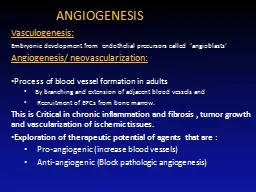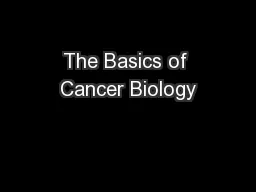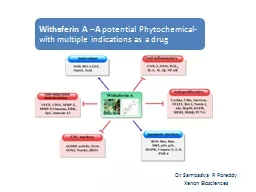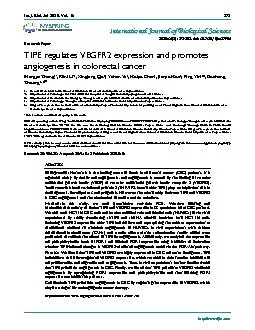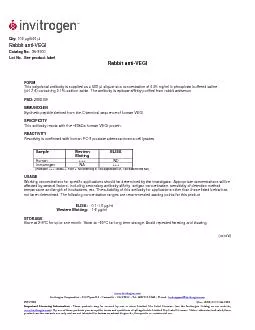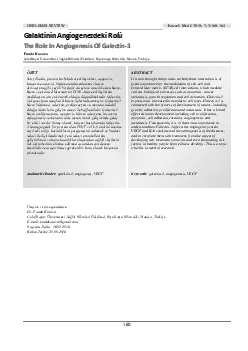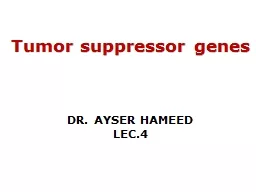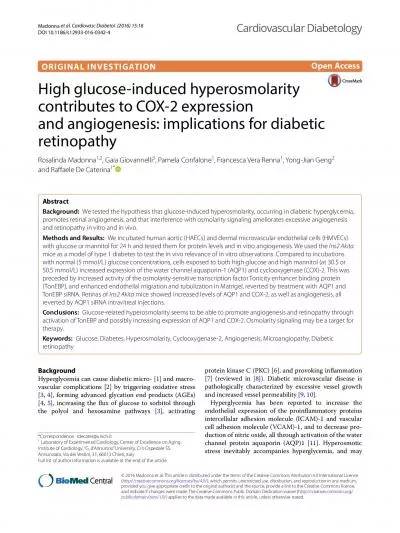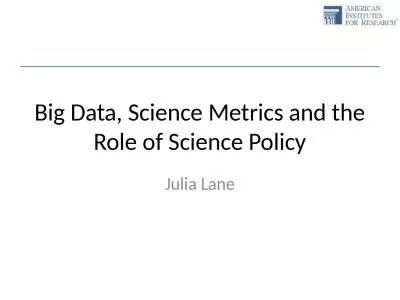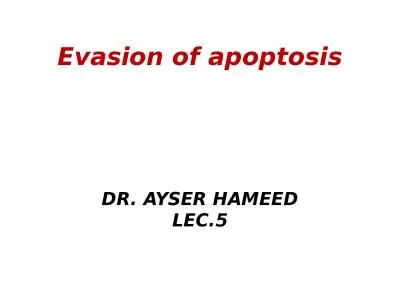PPT-ANGIOGENESIS Vasculogenesis:
Author : davis | Published Date : 2022-02-14
Embryonic development from endothelial precursors called angioblasts Angiogenesis neovascularization Process of blood vessel formation in adults By branching
Presentation Embed Code
Download Presentation
Download Presentation The PPT/PDF document "ANGIOGENESIS Vasculogenesis:" is the property of its rightful owner. Permission is granted to download and print the materials on this website for personal, non-commercial use only, and to display it on your personal computer provided you do not modify the materials and that you retain all copyright notices contained in the materials. By downloading content from our website, you accept the terms of this agreement.
ANGIOGENESIS Vasculogenesis:: Transcript
Download Rules Of Document
"ANGIOGENESIS Vasculogenesis:"The content belongs to its owner. You may download and print it for personal use, without modification, and keep all copyright notices. By downloading, you agree to these terms.
Related Documents

